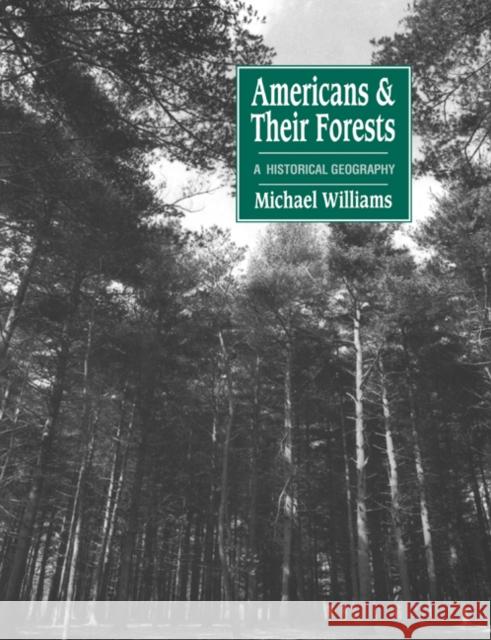Americans and Their Forests: A Historical Geography » książka
Americans and Their Forests: A Historical Geography
ISBN-13: 9780521428378 / Angielski / Miękka / 1992 / 624 str.
When Europeans first reached the land that would become the United States they were staggered by the breadth and density of the forest they found. The existence of that forest, and the effort either to use or subdue it, have been constant themes in American history, literature, economics, and geography up to the meaning of the forest in American history and culture, he describes and analyzes the clearing and use of the forest from pre-European times to the present, and he traces the subsequent regrowth of the forest since the middle of the twentieth century. Dr Williams begins by exploring the role of the forest in American culture: the symbols, themes, and concepts - for example, pioneer woodsman, lumberjack, wilderness - generated by contact with the vast land of trees. He considers the Indian use of the forest, describing the ways in which native tribes altered it, primarily through fire, to promote a subsistence economy. Early European settlers, he shows, extracted many products from the forest, and also began the extensive clearance of trees that would continue for almost three hundred years. Succeeding chapters, organized by topic and region, cover agricultural and industrial effects upon and uses of the forest. Dr Williams explores the rise (and often fall) of industries based upon forest products: naval stores, timber for building, charcoal and the iron industry, the railroads. Attention is devoted to the forests of the Middle West, the South, and the Pacific Northwest. By the late nineteenth century Americans began to realize that the forest was not boundless and moved to preserve those portions, still extensive, that remained. In the wake of the movement for preservation, Dr Williams describes how the forest began to regrow, especially after 1950, in areas where it had originally been vigorous and healthy, a development that continues today.











